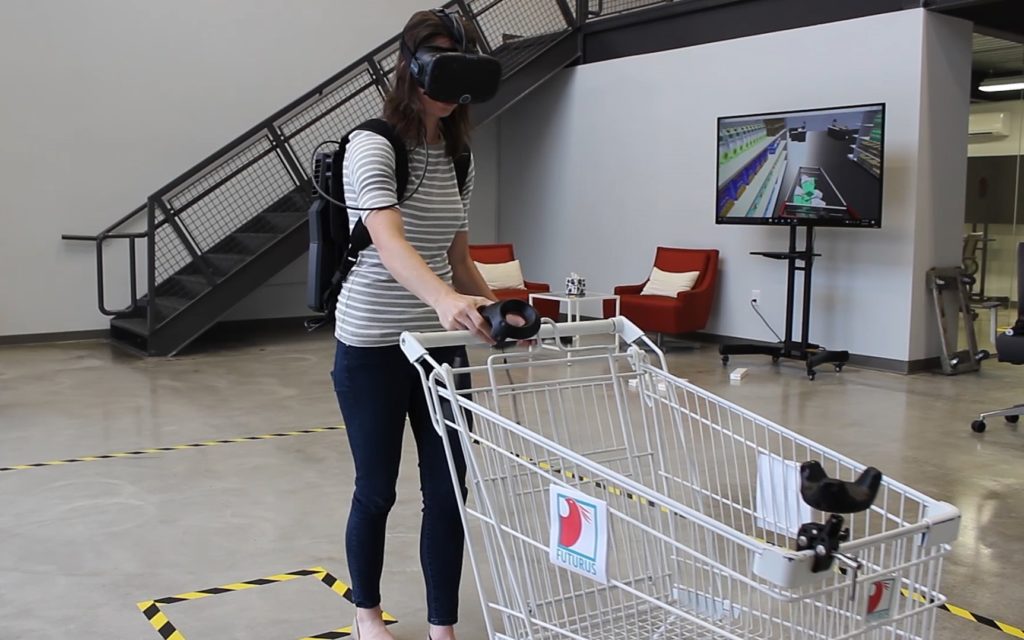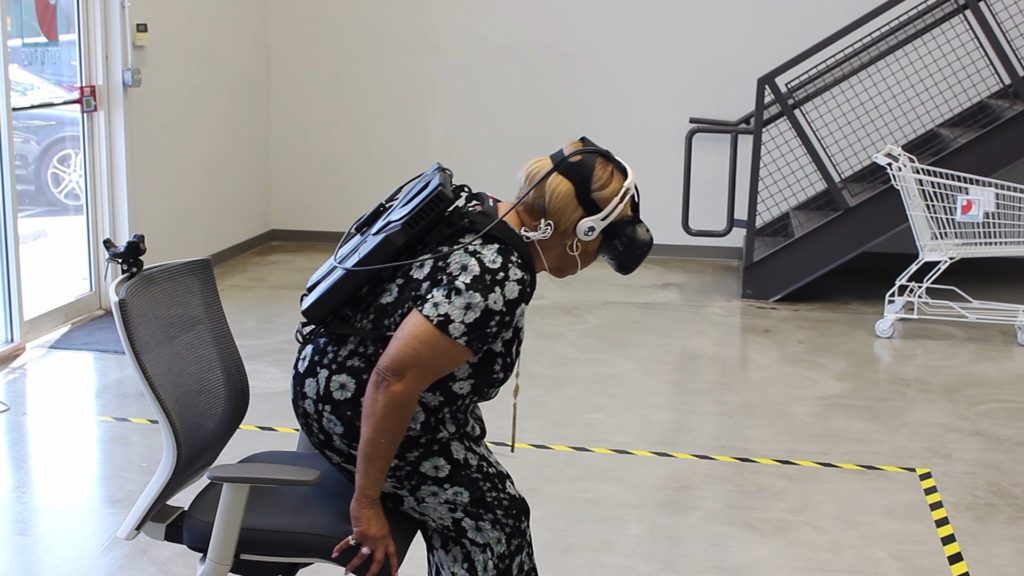
23 Oct Physical Therapy Virtual Reality Training
Our R&D department created a physical therapy experience in virtual reality (VR). Being curious about this development, I went in and tried a physical therapy session for myself. I interviewed our CTO Peter Stolmeier, who gives us more details into what went into this experience.
Tell us a little bit about the technology behind the PT Prototype and how it works.
The physical therapy app currently uses the HTC Vive VR headset along with Vive Trackers. We attached the trackers to a handle of a resistance band and have the user sit in a chair. This allows us to know exactly where the user is so we can help guide them for their physical therapy sessions. Depending on the amount of resistance you require, you can slide more of the band under your foot to create a tighter resistance or have it a little lose until you build more strength.
In the simulation, the user finds themselves in a gym-like setting and are asked to lift a free-weight with as much control in their arm and posture as possible. The user holds the weight inside a guiding cube for three seconds, the cube moves to a different location and you will repeat the same action. There is only one exercise in the prototype but it can be applied to many more in one session. Although anecdotal, we’ve seen measurable improvement in the people that have tried it, regardless of age or current fitness level so it shows real promise!
How could this technology be applied to other industries?
The HTC Vive trackers are neat because they allow us to use things that are not necessarily in the hands of the controller. For example, we can track the shopping cart if we want to do a shopping simulation. Or if you have pets, we can track a dog that’s running back and forth while tracking them. You can throw balls back and forth; you can track a beverage so if you’re in ALT Space you’ll know exactly where your drink is, or even track a chair to allow you to safely sit down in the middle of gameplay! We’re getting to the point where we don’t even need those anymore so we should be able to track real-world objects even if the Vive is not involved.
What unique data could be collected that would be helpful to a physical therapist?
It’s helpful to a physical therapist because we’re tracking exactly what the person does, we can know if somebody is progressing. If we want someone to be able to lift a 5-pound weight 6 inches in the air, this is the most accurate way of determining it. This gives us the advantage of being able to track where they were last able to perform a task so they’ll know where they were and will know where they should be. It will be helpful in knowing the patient’s progress and understand their healing process better. For example, if their range of motion in one area is weaker, they can detect that and be able to concentrate on those specific areas or avoid them if needed. Tools like this can assist physical therapists in providing quality care to their patients.
What inspired you to create this experience?
I really believe this kind of technology can be helpful in things like physical training, tracking and recording a patient’s progress. This is one of those things that intuitively is better than most before it.
Check out the article featured on HTV Vive’s blog for more on how Futurus is using the Vive Trackers. Interested in trying the physical therapy experience for yourself? Contact us to schedule a time to meet.






